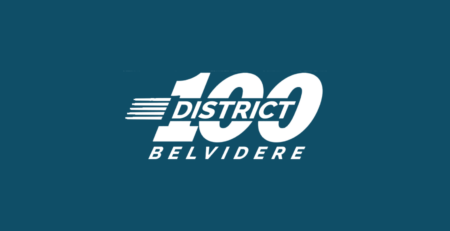Virginia Williams, Possip reporter with a background in Elementary Education & Special Education from Raleigh, NC, gives helpful insights on tackling car line at your school.
We all know that drop-off and pick-up at schools can be a headache. Families express frustrations about inefficiency and concerns about safety. Teachers often dread the assignment of carline duty. But it doesn’t have to be this way!
With planning and thoughtfulness, the carline can be a place of joyful interactions between students, parents and staff.
It is the first and last moment of each child’s school day and arguably the most frequent face-to-face encounter that families have with school employees. So, it is worth spending some extra time thinking about your school’s carline logistics for both arrival and dismissal.
Here are some tips for increasing efficiency, improving safety, and creating a better experience for everyone involved in school drop-off and pick-up.
.
1. Gather information
Gather information from families before the first day of school to ensure that your teachers know exactly which of their students are car riders. This can happen via text or email, or even in person during orientation. If you are a Possip customer you can use your Possip pulse check to ask in advance and get a general sense for how many car riders you might have.
2. Provide backpack tags
Provide backpack tags for all students indicating how they get to and from school! This is especially helpful in elementary schools. Include bus routes and/or carline numbers on these tags (for a detailed description of how to effectively use a carline number system, click here). Color-coded, laminated tags that are attached with zip-ties work best! Support teachers with the distribution of these on the first day of school – or better yet, provide the tags at orientation, if possible.
3. Provide signs for families
Provide signs for families to put on their car dashboards. Include relevant information such as the child’s name, grade/teacher, and/or carline number. Make sure these are printed on brightly colored card stock! Consider color-coding these by grade as well.
4. Create well-marked lanes
Safety cones and signage should be used in excess to make protocols and expectations very clear to families. These should indicate speed limits, direction/flow of traffic, and any special instructions such as “please stay in your vehicle” or “pull all the way forward to the red cone”. Consider having special instructions and/or a dedicated area for families who have forgotten their carline sign. Additionally, think about how you can accommodate families who don’t speak English. A color-coded system and signs with images are helpful for everyone! For a more expanded list of safety precautions, click here.
5. Share your plan with families
Now that you have gathered information, distributed necessary supplies, and created a safety plan for the flow of traffic, tell your families what that plan is. Through emails, newsletters or your school’s website, you can inform families so they know what to expect when they come through the carline on the first day of school. Maps are very useful here!

It may also be beneficial to have a ‘Carline FAQ’ page on your website:
- Where is the entrance that families will use for carline?
- Onto what street will the carline exit?
- What if I want to park and walk into the school?
- What if I forgot my dashboard sign?
- What if I’m picking up a student that I don’t usually pick up?
Lastly, make sure to communicate what-not-to-do. The carline isn’t the time or place for a parent to share concerns about bullying or ask questions about their child’s grades. Remind parents of all the other ways they can share these concerns, like Possip Pulse Checks™!
6. Assign staff to carline duty
The most common transportation complaint from families is that there are not enough staff present at drop-off and pick-up. Ensure that there are plenty of staff members present and that they are clearly visible to families (provide reflective vests, etc.). Make sure school employees have specific roles and responsibilities when on duty. For example, some teachers can be designated ‘door openers’ to help speed up the loading/unloading process, particularly for younger students. Make sure staff members have the appropriate materials, such as walkie-talkies or whistles.
7. Rehearse!
You ask your teachers to rehearse lesson plans before getting in front of students, correct? You’d never give a presentation without practicing at least once, right? As a school, you should rehearse your carline protocols at least once before the first day of school. Have some teachers pretend to be parents dropping off students, and allow them to see what the carline experience is like. Then, as a staff, you can tweak and troubleshoot as needed before the first week of school. Click here for an interesting read about carline.
8. Don’t forget to make it fun!
There are ways to make the carline not only safe and efficient, but also enjoyable. Once procedures are running smoothly, add a joy factor by playing music every Friday, or having your school mascot escort students to their cars!
And if you enjoy nerding out on this topic, here’s an article you might find interesting!
We know the first few weeks of school can feel overwhelming and we are rooting for you! We hope these tips support you in making a strong plan for your carline!





